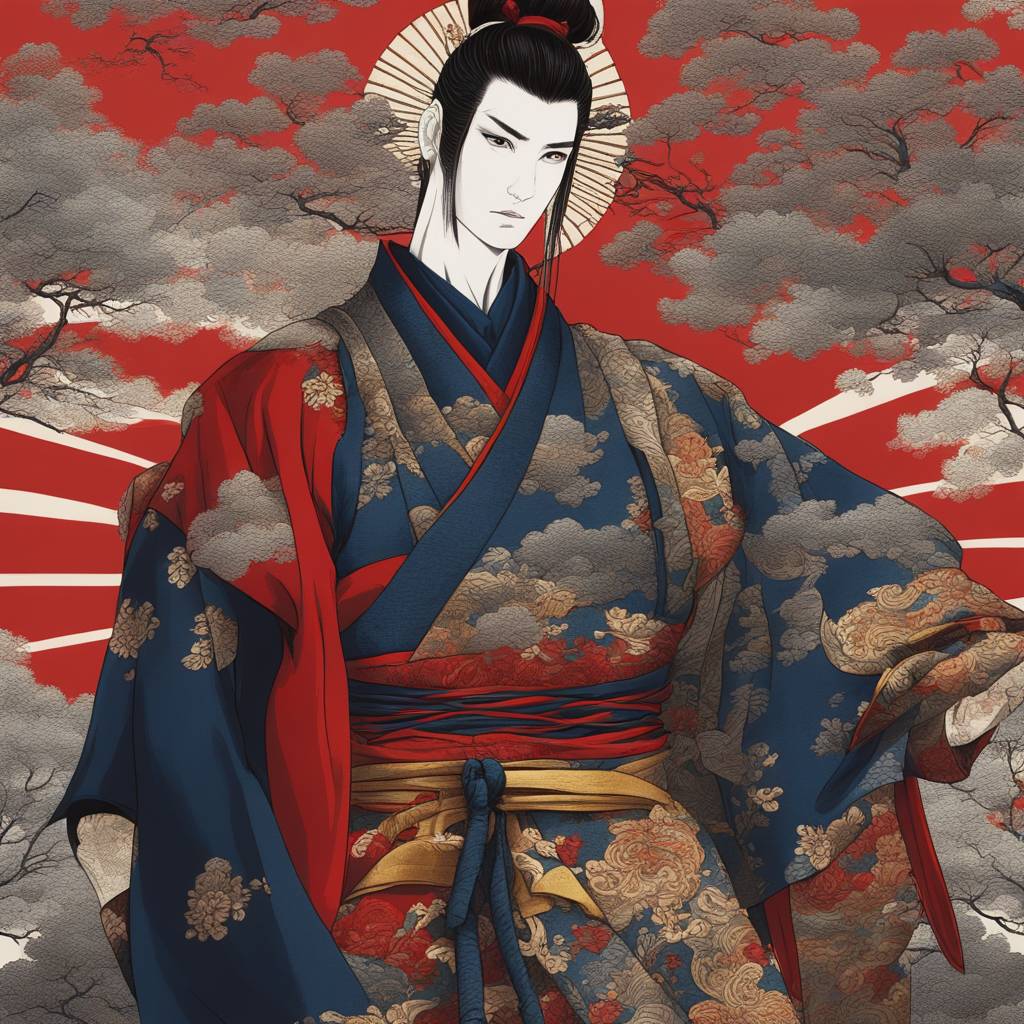Carlos Rosario initially had reservations about costuming the FX show Shōgun, preferring to work on feature films with a clearer narrative structure. However, his parents’ fond memories of the 1980s version of Shōgun convinced him to take on the project. Determined to create a fresh interpretation of the James Clavell novel, Rosario decided to start from scratch and avoid drawing inspiration from Japanese films or TV shows. Instead, he focused on studying and dissecting paintings from 1600s Japan, which he believed captured the essence of the period without any filters.
In preparation for his interview to costume the show, Rosario created a detailed research deck with 125 slides, which he later condensed to 30. Seeking to achieve historical accuracy in depicting feudal Japan, he consulted with experts and historians, including a teacher from the University of Kyoto. With guidance from these specialists, Rosario led a workshop of over 125 people from five different countries to create the series’s 2,300-plus costumes. This collaborative effort involved individuals from Japan, Canada, the US, Thailand, and China, highlighting the global scale of the production.
Rosario’s main source of inspiration for the costumes came from paintings of 1600s Japan, which he believed best represented the period’s essence. By avoiding Japanese movies or TV shows from that era, he was able to develop a unique and authentic approach to costuming the show. His dedication to accuracy and attention to detail, combined with the expertise of historians and the multinational team he worked with, ensured that the costumes for Shōgun reflected the historical context and cultural nuances of feudal Japan.
The challenges of creating over 2,300 costumes for Shōgun required a high level of coordination and organization among the team spread across different countries. Rosario’s leadership in overseeing the workshop and collaborating with experts helped to maintain a consistent focus on historical accuracy and cultural authenticity throughout the costume design process. By drawing on the expertise of historians and spending time studying paintings from the period, Rosario was able to bring a fresh perspective to costuming the show while honoring the rich cultural heritage of 1600s Japan.
Rosario’s decision to avoid revisiting the ’80s interpretation of Shōgun and instead start from scratch was a deliberate choice to offer a new and innovative approach to costuming the series. By immersing himself in the historical context of feudal Japan and seeking guidance from experts, he was able to craft costumes that captured the essence of the period without being influenced by previous depictions in film or television. This dedication to originality and authenticity helped to set the costumes for Shōgun apart and showcase the meticulous research and creative vision that went into their design.
Overall, Carlos Rosario’s journey in costuming the FX show Shōgun exemplifies his dedication to creativity, historical accuracy, and collaboration. Through his meticulous research, consultation with experts, and leadership of a multinational team, he was able to bring to life the costumes for the series in a way that honored the cultural heritage of 1600s Japan while offering a fresh and original interpretation. His commitment to starting from scratch and avoiding the influence of previous Japanese films or TV shows allowed him to create costumes that were truly authentic and representative of the period, setting a new standard for historical costuming in television.













